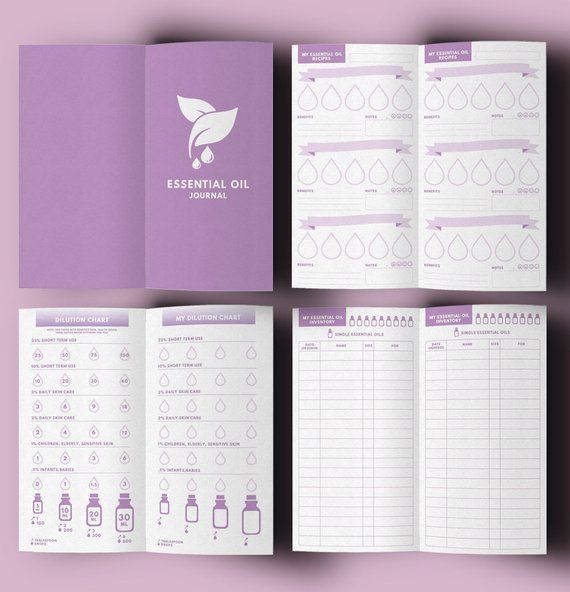How to Start
- The room in which you make your blends must be odour-free and well ventilated so you don't become overwhelmed by the aromas. Be sure there are no surfaces or pieces of furniture that might be damaged by spilt oils, and protect your clothing in case of splashes.
- Set aside time free from other distractions so you can enjoy creating your blends. Anything, for example, up to a quarter of an hour. After this you'll find your sense of smell gets confused. When you become engrossed you won't notice your sense of smell is less acute, and so you run the risk of spoiling your blends if you go on too long.
- Avoid blending sessions during menstruation, after a heavy meal, or late in the day. At these times your sense of smell won't be at its best.
- Watch hygiene at every stage. Hands and utensils should be thoroughly washed, rinsed and dried. Any oil left on utensils may taint the next blend you make.
- Label every bottle you blend straight away.
- Buy yourself a lined notebook, or better still one printed specifically for aromatherapy. This is where you will record all the information about the blends you make, so choose one with wipe-clean covers if possible. Write down in your blending book the date, the type of carrier oil and every drop of essential oil put into your blend, immediately after you've added it. Note your impressions as you develop the blend.

- Allow 24 hours for the development of blends. This is not essential if you need to use your blend straight away, but if you aren't sure whether you like the blend you created, it's a good idea to smell it again after 24 hours. By then the oils will have had time to interact fully and the blend may have developed in a pleasing way.
How Much Essential Oil to Carrier Oil?
Because you will want to make up different quantities of blends it's very helpful to have some idea of what percentage of essential oils is appropriate for each type of application. This also gives you flexibility to increase your blends, once you are happy with them, into a variety of different strengths, if you wish. So you could follow a wake-up shower with a wake-up body oil for a really invigorating effect.
It is usually best to calculate in drops for small quantities and in millilitres for greater volume, using a small measuring cup or jug. You will also need a funnel to decant your carrier oils into smaller bottles. On average, 20 drops of essential oil equals 1 millilitre. When you first use aromatherapy it's best to err on the side of caution and use weaker blends. Surprisingly little essential oil can be effective, especially if you buy good quality oils.

The chart above gives you an idea of how much essential oil to use in your carrier oil. For example, for a foot bath you can add up to a total of 10 drops or 0.5ml of essential oils to 5ml of carrier oil. Your 10 drops could consist of three or even four different essential oils. Make a note in your blending book of how many drops of each oil you've added. To make up 15ml of your foot bath blend, the chart shows you that you should add 30 drops or 1.5ml of essential oils.
If you are blending essential oils into a natural base lotion, shower gel or other carrier medium, the quantity of essential oil required will be the same as for a carrier vegetable oil.
Points to Remember
The percentages given above are for an average adult of average weight with no specific skin or health problems. If making the blend for a baby, child, elderly or frail person, someone on medication or with sensitive skin, use half the amount shown and check for any reaction.
Some essential oils such as peppermint, vetivert and jasmine have an intense odour and only need be used at about half the rate of other oils. If the blend smells acceptable with fewer drops than are allowed, do not feel concerned. It is always better to use less rather than more.